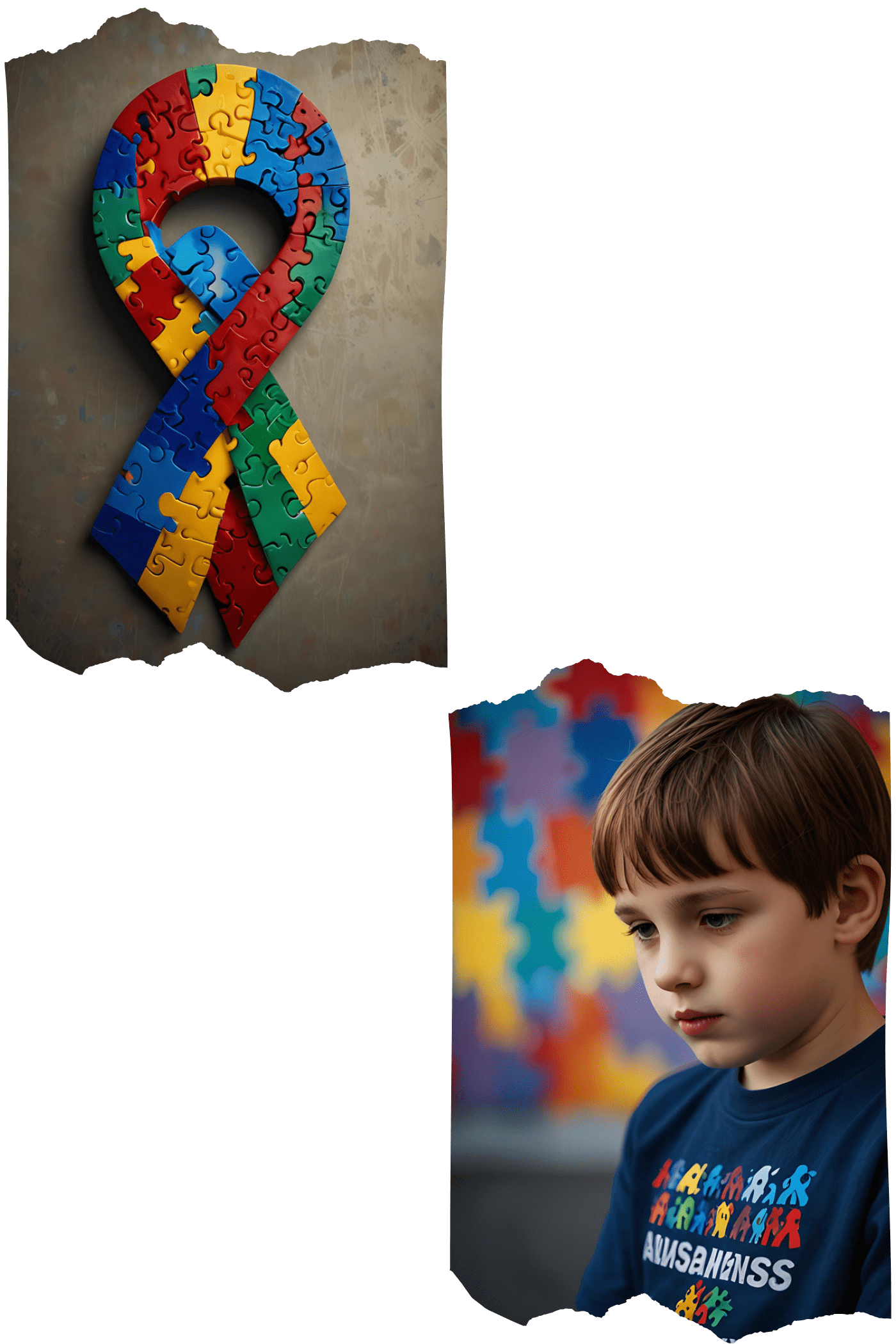
Characteristics of Autism
Pervasive Developmental Disorders
Pervasive developmental disorders are more common in the child population than some widely known disorders such as diabetes or Down syndrome. Epidemiological studies show that the prevalence ranges between 2 to 6 per 1,000 children. They can be diagnosed from the age of 3, and in some cases as early as 18 months. The appearance of any symptom of developmental disorders warrants an evaluation by a professional specialized in developmental disorders. Pervasive Developmental Disorders are characterized by severe and extensive developmental problems affecting various areas of development. Therefore, an individual with one of these disorders may exhibit a significantly reduced ability for social interaction, emotional reciprocity, or communication and display stereotyped behavior and stereotyped interests.
In some cases, a child may seem "different" from birth, not responding to people or focusing attention on an object for extended periods, with development that is often atypical. When an infant suddenly becomes silent, withdraws, engages in self-injury, or appears indifferent to others, these are signs of a potential issue. Research has shown that parents are usually correct when noticing developmental issues, though they may not fully understand the exact nature or extent of the problem.
Autism
Autism is a serious neuropsychiatric disorder, lifelong and usually present from birth. In the context of this disorder, the development of certain psychological skills, vital for an individual's psychosocial functioning and competence, is impaired or hindered. These skills relate to social interaction and reciprocity, communication, and the organization of purposeful and meaningful activities. In these areas, autistic individuals exhibit significant difficulties and characteristic deviations.
Within the disorder, there is variability in the form of symptoms, the combination of difficulties, and the degree of severity. Thus, autistic individuals differ significantly from typical development and also from one another.
In the majority of cases, there is some degree of intellectual disability. In a relatively small percentage—about 20%—intelligence is maintained within or near the typical range. Autism and intellectual disability often coexist, but the two conditions are not identical. Furthermore, autistic individuals who retain perceptual and intellectual abilities still exhibit the characteristic cognitive, psychological, and behavioral deviations.
It should be noted that in recent years, the epidemiological data on autism and related conditions have changed significantly. With the recognition of a variety of forms, many cases are now classified under “autism spectrum disorders.” Autism appears much more frequently in boys, with a ratio of 3-4 boys to 1 girl. It does not discriminate by race, culture, or social class. While earlier studies reported a prevalence of 4-5 per 10,000 children, some researchers now estimate the frequency at 16.8 per 10,000, with the rate of other pervasive developmental disorders at 45.8 per 10,000. Although this frequency cannot be considered definitive due to differing methodologies across studies, it indicates that these conditions are not so rare. Based on this data, it is estimated that in Greece, there are at least 4,000 to 5,000 children and adults with classic autism and 20,000 to 30,000 with autism-like developmental disorders. At the 2002 World Congress of the World Autism Organization in Melbourne, Australia, the reported ratio was 1:500.
 EL
EL  EN
EN 